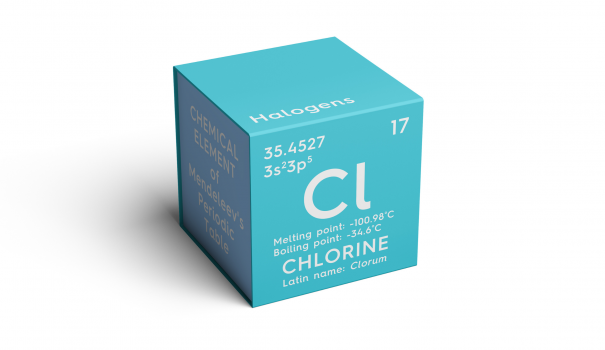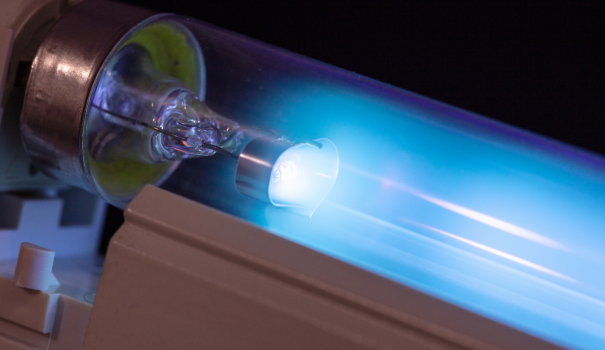Environmental | Health Impacts with disinfection containing Silver Ions
Some disinfectant products contain metals, such as silver, embedded in the surfaces themselves, with others being blended into the solution. Within the European Union (EU), these products containing silver have garnered concerns — leading to th...
Read the whole storyResidues - the Good the Bad and the Ugly
Numerous disinfectant products on the market today leave chemical residues — basically being known as what’s “left over” after the chemical disinfectant dries. While these residues are sometimes purposely left behind to act a ...
Read the whole storyChlorine Dioxide hazards
Coupling fogging, which is well known to be a thorough means of decontamination when applied properly, with something like a chlorine dioxide chemical may be a dangerous recipe. For one, if the disinfectant label says the ingredients are a mixture of...
Read the whole storyElectrostatic - Faster and thorough?
Electrostatic Sprayers being used to spray disinfectants on surfaces are all the rage today, but they are not all created equally in terms of infection prevention and control. Choosing a sprayer that saturates surfaces and has a good dwell time is ho...
Read the whole storyIs UV Light effective for disinfection
Since the pandemic we’re all trying to use high level disinfection methods that work quickly, easily, and safely, but are those things mutually exclusive? While UV light is thought to have strong and fast germ killing properties while being saf...
Read the whole storyAchieving a 6 log kill
Log reduction is the key measurement of a disinfectant's ability to kill specific organisms. Understanding what those numbers mean can help you separate fact from fiction and has wide reaching implications. People often feel like if their disinfectan...
Read the whole story





